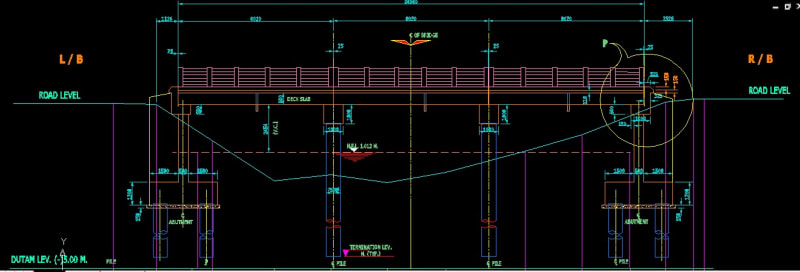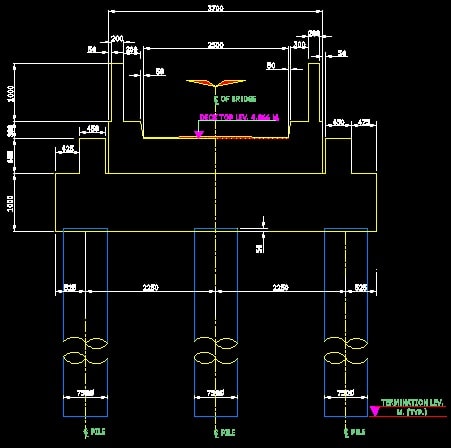Ujwal Mandal
Civil/Environmental
Dear All,
I am designing a 8.02 meter clear span R.C.C. slab bridge with 2.5 m clear carriageway. I am providing there 3 no. 750 mm diameter pile as pier. The pier will be continued so that it acts also as pile foundation. No separate pile cap is being provided in this case or the pile cum pier are directly extending from the pier cap which is a 1.1 m x 1.0 m x 5.5 m R.C.C. beam. In this connection if someone explain me how to design the pier as per SP 16 it will be helpful to me.
With Regards,
Ujwal Mandal
I am designing a 8.02 meter clear span R.C.C. slab bridge with 2.5 m clear carriageway. I am providing there 3 no. 750 mm diameter pile as pier. The pier will be continued so that it acts also as pile foundation. No separate pile cap is being provided in this case or the pile cum pier are directly extending from the pier cap which is a 1.1 m x 1.0 m x 5.5 m R.C.C. beam. In this connection if someone explain me how to design the pier as per SP 16 it will be helpful to me.
With Regards,
Ujwal Mandal


